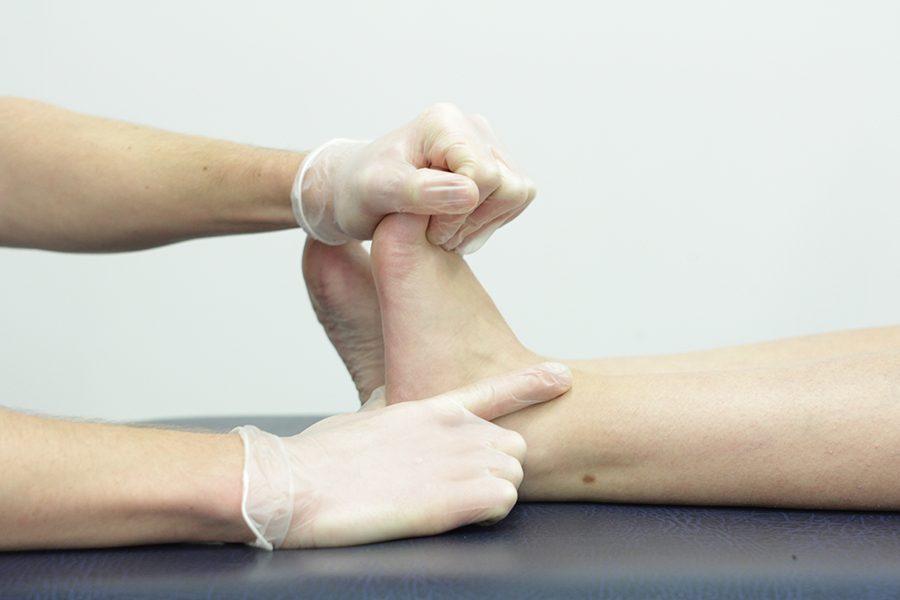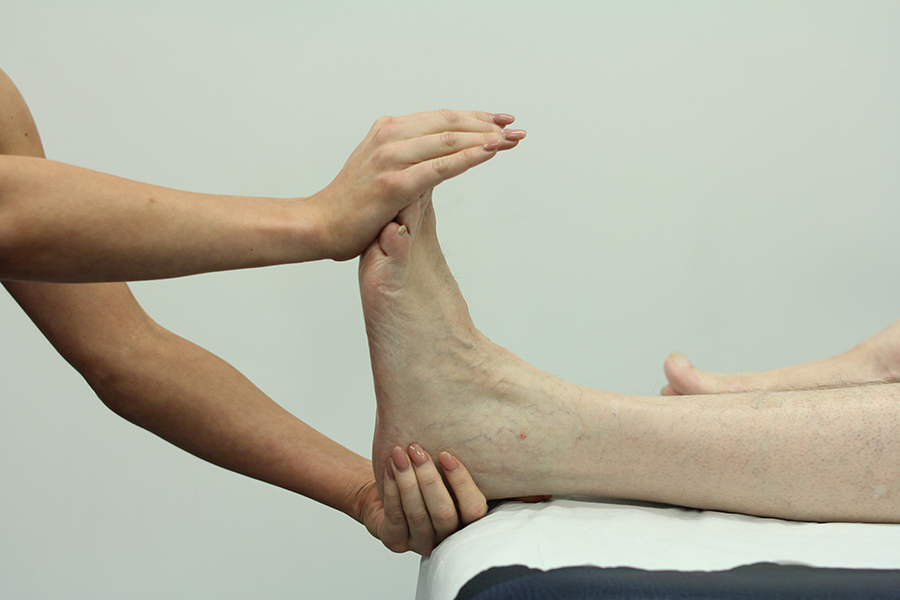Metatarsalgia
Metatarsalgia refers to pain in the forefoot at the site of the metatarsal heads. The metatarsal heads are collectively referred to as the ball of the foot. Therefore, metatarsalgia is pain in the ball of the foot.
Metatarsalgia can be painful, it can affect the way that you walk and prevent you from doing the things you want to do. A podiatrist can help you if you have metatarsalgia. Podiatrists are university trained specialists in the foot and lower limb, at Chiropody.co.uk we will devise a treatment plan that is specific to you.
Metatarsalgia is an umbrella term used to describe pain beneath the metatarsal heads, otherwise known as the ball of the foot. The pain associated with metatarsalgia can be either diffuse (this means it covers a large area) or localised (felt beneath a particular metatarsal head), and is often worse when weight-bearing. The pain can vary from mild to severe, and there is often no reported injury to account for the pain.
Metatarsalgia can be caused by many factors. Factors that increase the risk of developing metatarsalgia include:

The signs and symptoms of metatarsalgia include:
A podiatrist will be able to diagnose metatarsalgia and explain the reasons behind why you are experiencing pain. The root cause of your metatarsalgia is important, as treatment will be dependent upon this.
If you have metatarsalgia podiatry will benefit you. The benefits achieved will depend on the exact cause, but include:
The podiatrist would take a thorough and comprehensive medical and social history. They would then assess the joints and examine the area. If the pain is due to poor foot function It may be that you need to be referred for a Biomechanical assessment. A biomechanical assessment would involve a detailed assessment of the quality and range of movement of the joints of the foot, and possibly the knee and hip; as well as an assessment of your gait (the way you walk).
Treatment for metatarsalgia will depend on the root cause and the individual patient. Treatment for metatarsalgia may include:

Metatarsalgia is the name given to pain in the ball of the foot. Metatarsalgia has a number of causes, for example; poor foot and lower limb mechanics, being over-weight, high impact sports, and tight calf muscles. Some medical conditions can also increase the chances of metatarsalgia. The pain associated with metatarsalgia can be mild or severe, it can therefore have a dramatic effect on a person's ability to walk or participate in activity comfortably. A podiatrist can help you if you have metatarsalgia, by devising a treatment plan specific to you. The aim of podiatric treatment for metatarsalgia is to reduce pain and improve function, allowing you to continue with your daily activities comfortably.
To arrange an assessment with one our podiatrists please email office@chiropody.co.uk or call 0330 088 4222.
Metatarsalgia can be painful, it can affect the way that you walk and prevent you from doing the things you want to do. A podiatrist can help you if you have metatarsalgia. Podiatrists are university trained specialists in the foot and lower limb, at Chiropody.co.uk we will devise a treatment plan that is specific to you.
What is metatarsalgia?
Metatarsalgia is an umbrella term used to describe pain beneath the metatarsal heads, otherwise known as the ball of the foot. The pain associated with metatarsalgia can be either diffuse (this means it covers a large area) or localised (felt beneath a particular metatarsal head), and is often worse when weight-bearing. The pain can vary from mild to severe, and there is often no reported injury to account for the pain.
What causes metatarsalgia?
Metatarsalgia can be caused by many factors. Factors that increase the risk of developing metatarsalgia include:
- Poor foot and lower limb mechanics
- Ill-fitting footwear (particularly high heels)
- Being over weight
- Age (with age the fat pad beneath the metatarsal head can diminish)
- Morton's neuroma
- High impact sports
- Tight calf muscles
- Bursitis
- Certain medical conditions, these include:
- Rheumatoid arthritis
- Gout
- Diabetes
- A build of fluid in the foot

What are the signs and symptoms of metatarsalgia?
The signs and symptoms of metatarsalgia include:
- Pain in the ball of the foot, this has been described as:
- Burning
- Sharp
- Shooting towards the toes
- Worse when weight-bearing
- Feels like walking on pebbles
- Tingling
- Callous beneath the ball of the foot
How is metatarsalgia diagnosed?
A podiatrist will be able to diagnose metatarsalgia and explain the reasons behind why you are experiencing pain. The root cause of your metatarsalgia is important, as treatment will be dependent upon this.
Benefits of podiatry for metatarsalgia
If you have metatarsalgia podiatry will benefit you. The benefits achieved will depend on the exact cause, but include:
- Reduction in pain
- Reduction in inflammation
- Improvement in comfort
- Improved foot and lower limb function
- Improved gait
- Cause not just symptoms treated
- Increased joint range of motion
- Decrease in muscle and tendon tightness
What would podiatry for metatarsalgia involve?
The podiatrist would take a thorough and comprehensive medical and social history. They would then assess the joints and examine the area. If the pain is due to poor foot function It may be that you need to be referred for a Biomechanical assessment. A biomechanical assessment would involve a detailed assessment of the quality and range of movement of the joints of the foot, and possibly the knee and hip; as well as an assessment of your gait (the way you walk).
Treatment for metatarsalgia will depend on the root cause and the individual patient. Treatment for metatarsalgia may include:
- Orthoses
- Stretching Programmes
- Callus treatment
- Advice and education
- Changing footwear
- Padding
- Rest
- Anti-inflammatory advice
- Surgery
- Steroid injection

Summary
Metatarsalgia is the name given to pain in the ball of the foot. Metatarsalgia has a number of causes, for example; poor foot and lower limb mechanics, being over-weight, high impact sports, and tight calf muscles. Some medical conditions can also increase the chances of metatarsalgia. The pain associated with metatarsalgia can be mild or severe, it can therefore have a dramatic effect on a person's ability to walk or participate in activity comfortably. A podiatrist can help you if you have metatarsalgia, by devising a treatment plan specific to you. The aim of podiatric treatment for metatarsalgia is to reduce pain and improve function, allowing you to continue with your daily activities comfortably.
To arrange an assessment with one our podiatrists please email office@chiropody.co.uk or call 0330 088 4222.
Save 5% by booking an appointment online.

Find your nearest clinic
We have clinics located throughout the North West. We also provide a home visit service.
Find out more »

No waiting lists!
Tired of waiting for treatment? Be seen by a podiatrist today!
Find out more »

Not sure how we can help?
Speak to a podiatrist to find out how we can help. Call us on 0330 088 4222.
Find out more »
We work with:

Individuals

Organisations

Health professionals
Get in Touch!
0330 088 4222
If you would like to speak to one of our specialists then please complete this form.
We are open 7 days a week








